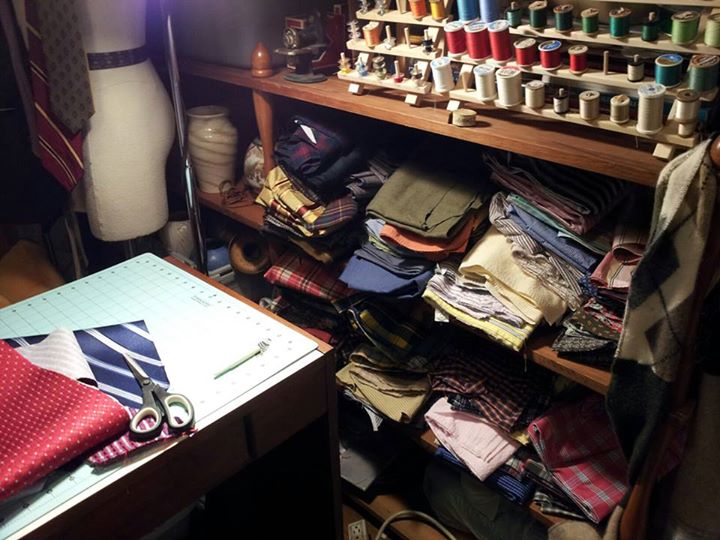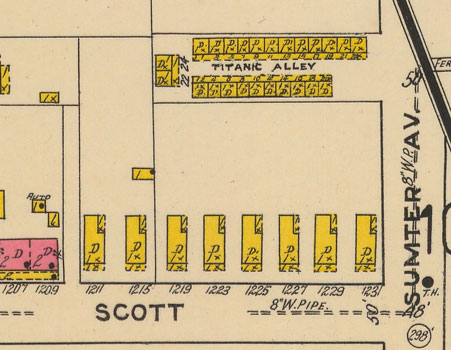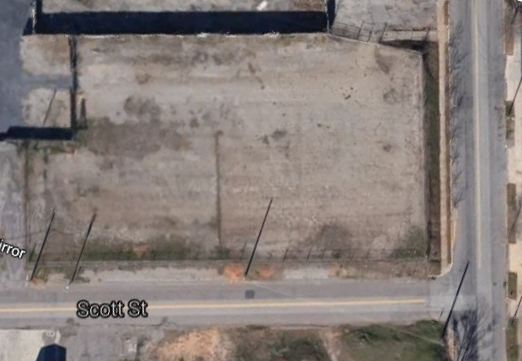“Where do you get your fabrics?”
For most of my life, I’ve been a devotee of second-hand and thrift store shopping. Even before recycling and “green” practices were trendy, I liked the idea of taking someone’s unwanted thing and finding a new use purpose for it. From the furnishings and decor in my home to the clothes in my closet, most of it comes from second-hand sources. With so much practice, I’ve learned to spot quality materials, design and workmanship.
There’s a lot of high-quality fabric at the local thrift store. Maybe it’s a garment that’s slightly damaged or the wrong size. The beauty of making a bow tie is you can work around the imperfections. I am particularly drawn to interesting patterns and color combinations, so I’m always scouring the racks of suits, shirts, skirts and, of course, neckties to find the most interesting prints, patterns and textures. I try to stick with natural fibers: silk, cotton, linen and wool. Everything gets laundered and pressed before it becomes your next Titanic Alley bow tie.
So, what is the outcome of all of this? In my small way, I’m repurposing what might otherwise go to waste. Since I’m not buying yards of new fabric, I’m helping to avoid the additional bleaches, dyes and chemicals that go into making new cloth – so I feel good about reusing materials. Limiting my fabric options to what I find in the thrift stores also poses the creative challenge (and opportunity!) to try my hand at unusual combinations of patterns and textures. What it means for you, is that you are guaranteed a one-of-a-kind, handcrafted bow tie that is yours alone. No one else will have one exactly like it. I hope that’s something you can feel good about, too!

The Story of Titanic Alley
Titanic Alley was a tiny street in an early 20th century neighborhood in Columbia, SC, located between Main and Sumter Streets two blocks north of Elmwood Avenue. It led to the Titanic Apartments, a complex of closely-packed tenement-style homes.
Sanborn Insurance maps from the period show Titanic Alley was part of a community of homes, churches and businesses serving African Americans in segregated Columbia. Census records from 1930 list the residents of the Titanic Apartments – multiple families and single men and women working as laborers, domestics and tradesmen.
Little else is known about Titanic Alley or its inhabitants. The apartments and neighborhood around them had mostly disappeared by the 1950s when a Cadillac dealership was built over the site. All that remains is the evocative name “Titanic Alley” on a yellowed map.
Here are some questions for which we would love to find answers:
- How did Titanic Alley get its name? Was it in any way connected to the famous ship disaster?
- What did the neighborhood and the apartments look like? No photographs are known to exist.
- What was life like in Titanic Alley?
Anyone with information about Titanic Alley or the Titanic Apartments, please send a message through our Contact page.


